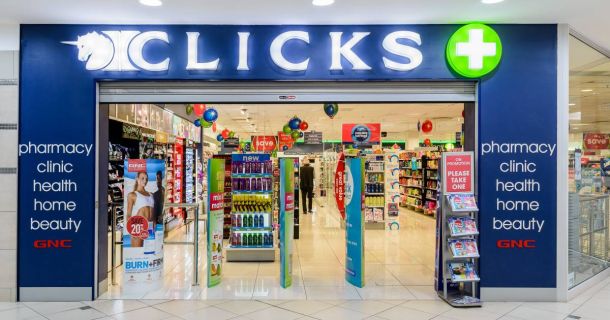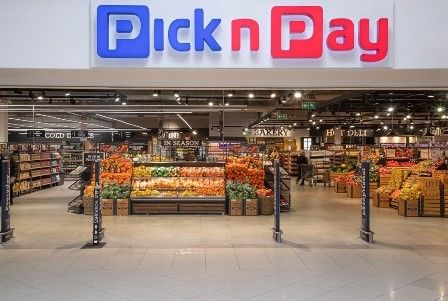
Pain for Pick n Pay
By: Drikus Greyling – Daily Investors
Last month, Pick n Pay released its results for the year that ended 25 February 2024. They were disastrous.
Like-for-like revenue only grew by 3%, much lower than inflation, and trading profit fell 87% from R3.05 billion to R385 million.
Its net profit was significantly impacted by a R2.4 billion interest expense due to rising debt and an R2.8 billion impairment loss on assets.
These factors contributed to Pick n Pay’s R3.2 billion net loss, the worst in the retailer’s 57-year history.
Apart from its poor operational performance, Pick n Pay also took on more debt than it could handle.
Interest-bearing liabilities, including lease liabilities, borrowings and bank overdrafts, amounted to R30.8 billion.
This represents an R7.54 billion increase in interest-bearing liabilities compared to the previous year’s R23.3 billion.
The significant increase in debt made its total asset value fall below its total liability value, creating a negative equity value.
This means that if all of Pick n Pay’s assets were sold at their audited values, it would not be able to cover all of its liabilities at their audited values.
This situation is called accounting or technical insolvency. It raises questions about a company’s future and its ability to continue operating.
Its audited financial statements indicated that Pick n Pay breached its debt covenants on loans worth R5.5 billion.
Debt covenants are debt thresholds that are set in place between Pick n Pay and its lenders.
These covenants form part of the loan agreements to keep Pick n Pay’s debt at acceptable levels so that lenders can be confident in its repayment.
When debt covenant thresholds are breached, lenders usually have the contractual right to lay claim on all Pick n Pay assets put down as security when the debt was taken on.
Pick n Pay stated that its lenders were prepared to waive its breaches of debt covenants with the condition that Pick n Pay sign off 100% of Boxer as additional collateral on its debt.
Simply put, Pick n Pay is in such a financial pickle that it needed to make a plan to survive. It needed extra money to save the company.
The retailer announced a two-pronged approach to raise money to reduce its debt and strengthen its balance sheet.
First, it plans to implement a rights offer that will raise R4 billion from shareholders. Pick n Pay said the offer would “provide short-term liquidity.”
Second, it wants to list Boxer separately on the JSE with an initial public offering (IPO) set for later in 2024.
Pick n Pay stores are in trouble
Pick n Pay stores as a segment reported an operating loss of R1.5 billion for the 2024 financial year. That is more than a 200% drop from the R1.4 billion profit in 2023.
As a result of this poor performance, Pick n Pay auditors impaired many stores, creating an impairment loss, also known as an asset value write-down, of R2.8 billion.
To fix the problem, 112 of these stores will either be closed or converted to Boxer franchised stores.
Pick n Pay CEO Sean Summers told investors that they will close loss-making stores and convert Qualisave stores back to Pick n Pay stores.
They have identified many stores in critical condition due to factors like demographic changes or a problem with the shopping centre.
“These stores will be closed. We will close and get rid of the stores that have no future,” Summers told investors.
He added that they will not make the same mistake as in the past to convert these struggling stores into franchises.
“You merely end up with an extraordinary franchise debt and franchisees under too much pressure,” he explained.
However, he said they will still concert certain Pick n Pay stores to franchises where franchisees can deliver higher sustainable profits and growth.
They will also convert some Pick n Pay stores to Boxer stores, where the Boxer business is expected to serve the catchment areas better.
Pick n Pay going forward
Pick n Pay has a major debt problem and desperately needs to clean up its balance sheet. It needs to rid itself of the ‘technically insolvent’ badge.
The group’s income statement is burdened by the company’s debt costs, with interest expenditure hurting operating profits.
The capital raised from the rights offer, Boxer IPO, and asset disposals from store closures could put the group into a healthier financial position.
However, these actions will make Pick n Pay a smaller company with a smaller footprint than it currently has.
The Boxer listing will also impact its revenue and profit since it will only own a part of the company.
Despite these challenges, the Pick n Pay chief executive remains upbeat about turning the retailer around.
Summers told Daily Investor that Pick n Pay’s big problem is falling out of love with retail. He is working on changing that.
He said customers’ expectations have not changed since he’s been gone. Rather, Pick n Pay has simply stopped being able to meet them.
He outlined his Back-to-Basics strategy, which has six priorities and will focus on simplicity, quality, affordability, and sustainability to help the iconic brand reclaim its former glory.
“Given the market environment, it is a reasonable and actionable plan. More importantly, the right operational team with the right experience is now in place to execute it,” he said.
Looking forward, Summers said he is excited about changing Pick n Pay’s trajectory, which is starting to show positive trends again.
The company said the strategy Summers outlined has already been implemented, some in place since February, with encouraging early results.
For the first ten weeks of FY25, Pick n Pay recorded positive like-for-like growth alongside a consistently strong performance from Boxer.
News Category
- International retailers
- On the move
- Awards and achievements
- Legislation
- Wine and liquor
- Africa
- Going green
- Supplier news
- Research tools
- Retailer trading results
- Supply chain
- Innovation and technology
- Economic factors
- Crime and security
- Store Openings
- Marketing and Promotions
- Social Responsibility
- Brand Press Office
Related Articles
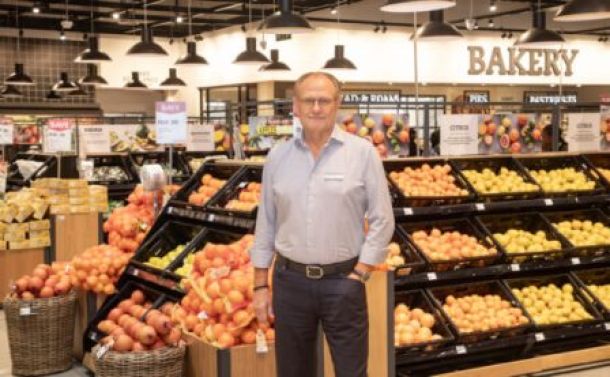
Pick n Pay plunges 16% on JSE as stock adjusts ...
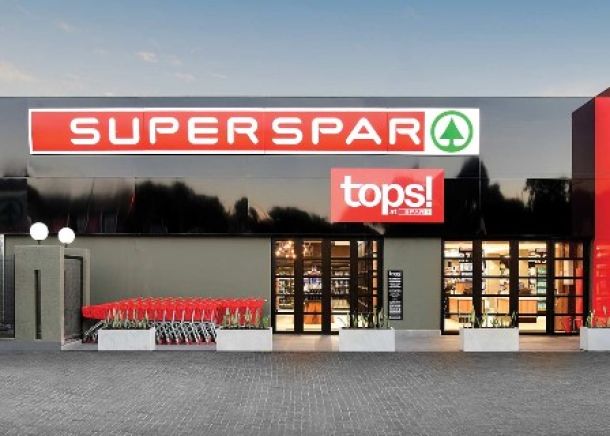
SPAR suffering from a hangover
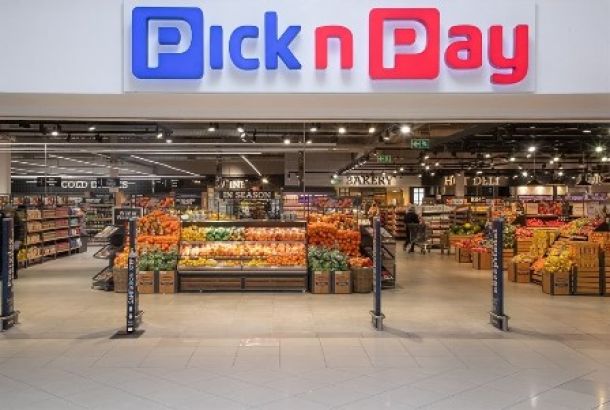
Pick n Pay disaster

Pick n Pay feels the pain – expects over R3 bil...
